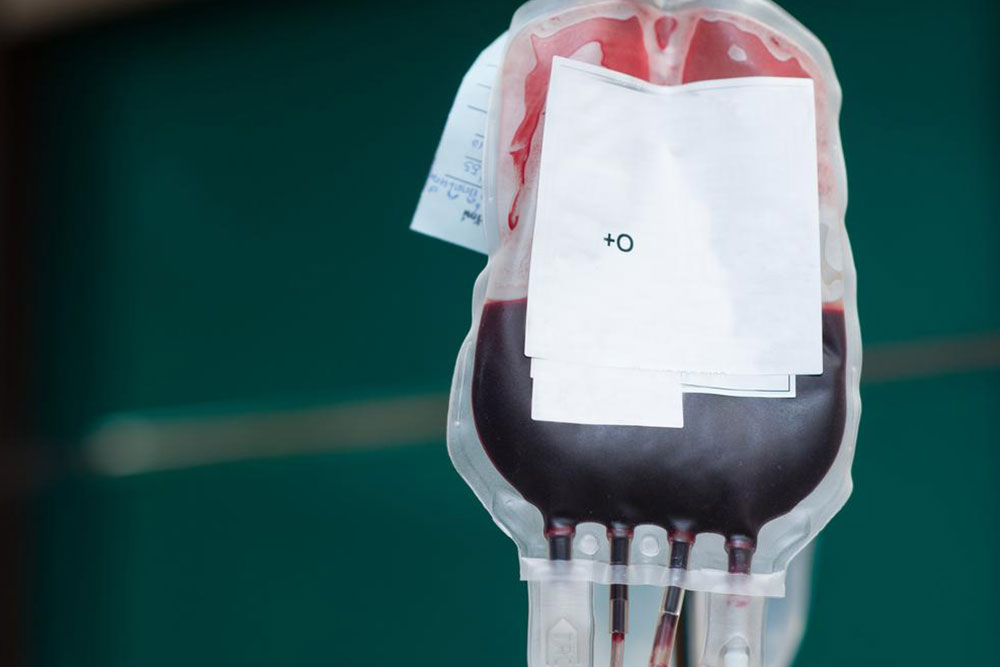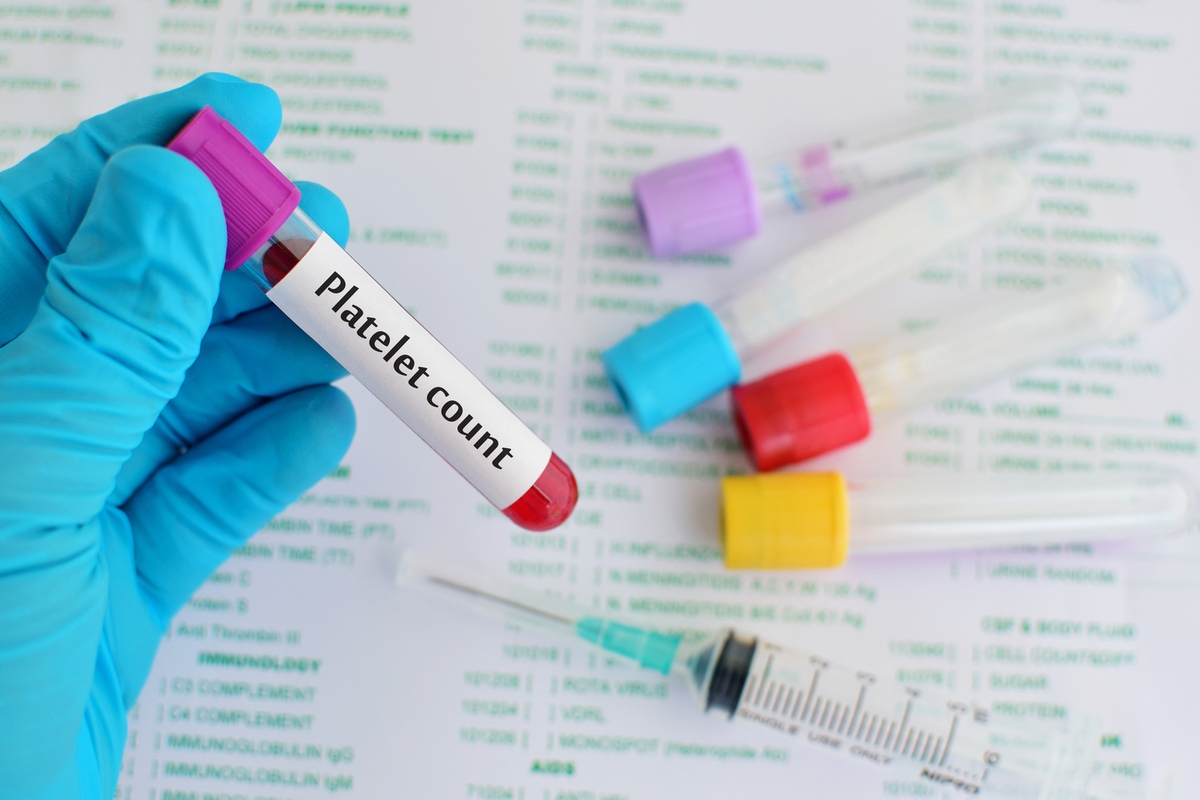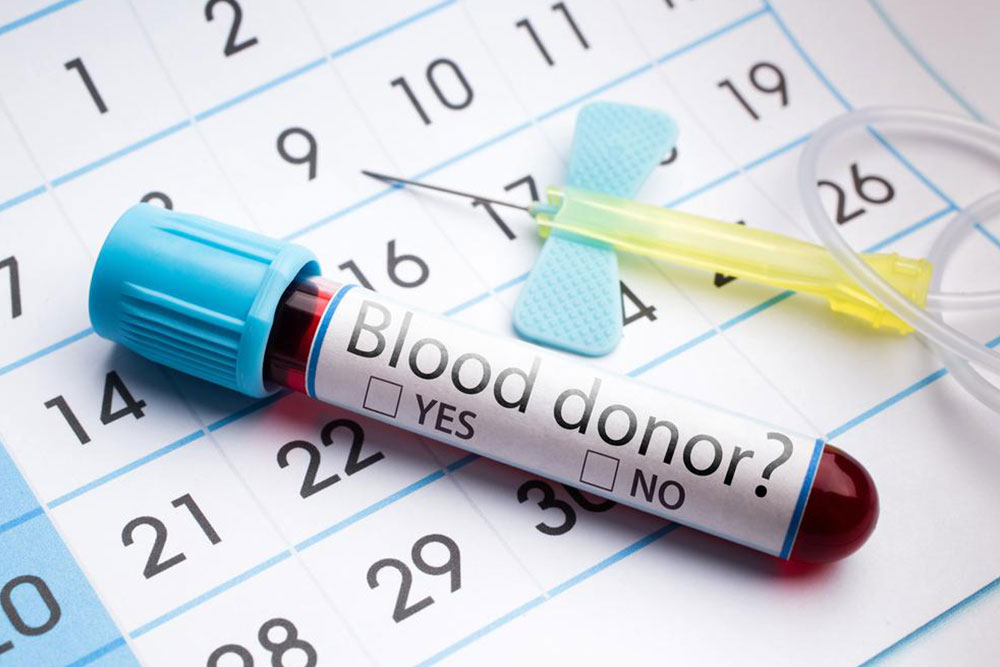The Comprehensive Guide to Public Cord Blood Banking and Its Life-Saving Benefits
Public cord blood banking plays a pivotal role in modern healthcare, offering essential stem cell resources for treating blood disorders and immune diseases. Despite high operational challenges, its contributions have saved countless lives worldwide. This comprehensive guide explores how public banking operates, its benefits over private options, and the barriers it faces, emphasizing the importance of public donations in advancing medical treatments and research. Learn why supporting public cord blood banks can make a significant difference for patients in need and for ongoing medical innovation.

The Vital Role of Public Cord Blood Banking in Medical Treatment
Public cord blood banking is a crucial component of the modern healthcare system, playing a significant role in the treatment of various hematological and immune system disorders. Similar to public blood banks, public cord blood banks accept donations that meet certain safety and quality standards, making stem cell therapies more accessible to patients in need. Donations that do not meet these criteria are discarded to ensure safety and efficacy. These banks operate within a well-organized network, often utilizing national registries to match donors with recipients across different regions and countries.
One of the primary advantages of public cord blood banking is its contribution to the global healthcare ecosystem. Unlike private banks that store cord blood exclusively for the donor's family, public banks make these vital resources available to anyone in need. This collective approach dramatically increases the chances of finding suitable matches for patients, particularly those from diverse ethnic backgrounds, who often face difficulties in locating compatible donors through traditional methods. Given the expanding applications of stem cell treatments, public banking has become an indispensable part of medical research and patient care.
Developing a robust public cord blood bank system involves overcoming several challenges, including high operational costs and logistical complexities. Establishing and maintaining these banks require substantial financial investment, particularly because they typically do not charge storage fees due to their public service model. Consequently, funding depends heavily on government support, grants, and philanthropic donations, which can limit the number of collected samples and the capacity for storage. Despite these obstacles, the benefits of public cord blood banking are profound, providing a critical lifeline for many patients worldwide.
Many patients undergoing treatment for conditions such as leukemia, lymphoma, and other blood disorders rely on cord blood transplants. Notably, multiple units of cord blood are often required to achieve successful treatment outcomes, as a single donation may not contain enough stem cells for adult patients. Unlike bone marrow transplants, which demand precise genetic matching, cord blood transplants are more forgiving; matching common markers is sufficient in most cases. This characteristic simplifies the donor selection process and broadens the scope of eligible recipients, making cord blood banking an attractive option for rapid treatment implementation.
Despite its numerous benefits, public cord blood banking faces significant hurdles. Around 60% to 80% of donated samples are rejected due to contamination, inadequate cell counts, or logistical issues during transportation. These challenges highlight the importance of strict quality control measures and efficient handling protocols to ensure the safety and viability of stored samples. Private banks often do not adhere to the rigorous standards required in public banking, which can impact the quality and usefulness of their stored stem cells. Additionally, using one’s own cord blood offers limited medical benefit because some treatments require stem cells free from genetic mutations present in the donor's body.
The widespread acceptance and reliance on public banks are supported by the fact that most stem cell transplants worldwide are sourced from publicly stored cord blood units. According to research, only a small fraction—approximately 50 transplants—have involved private banking, primarily for family members, often without prior awareness of their potential need. This indicates that while private banks serve a niche market, public banks are the backbone of stem cell therapy, providing vital contributions to public health and medical advancements.
In conclusion, public cord blood banking is a vital resource in modern medicine, enabling life-saving treatments for thousands of patients annually. The system enhances the accessibility of stem cell therapies, promotes diversity in donor pools, and supports ongoing medical research. Although challenges related to funding, logistics, and quality control exist, the collective benefits—and the potential to save lives—make public banking an essential healthcare service. Continued investment and development in this area will undoubtedly expand its capacity and improve patient outcomes worldwide.




